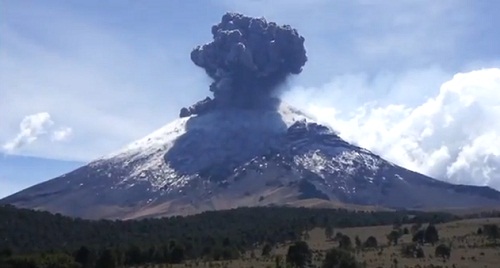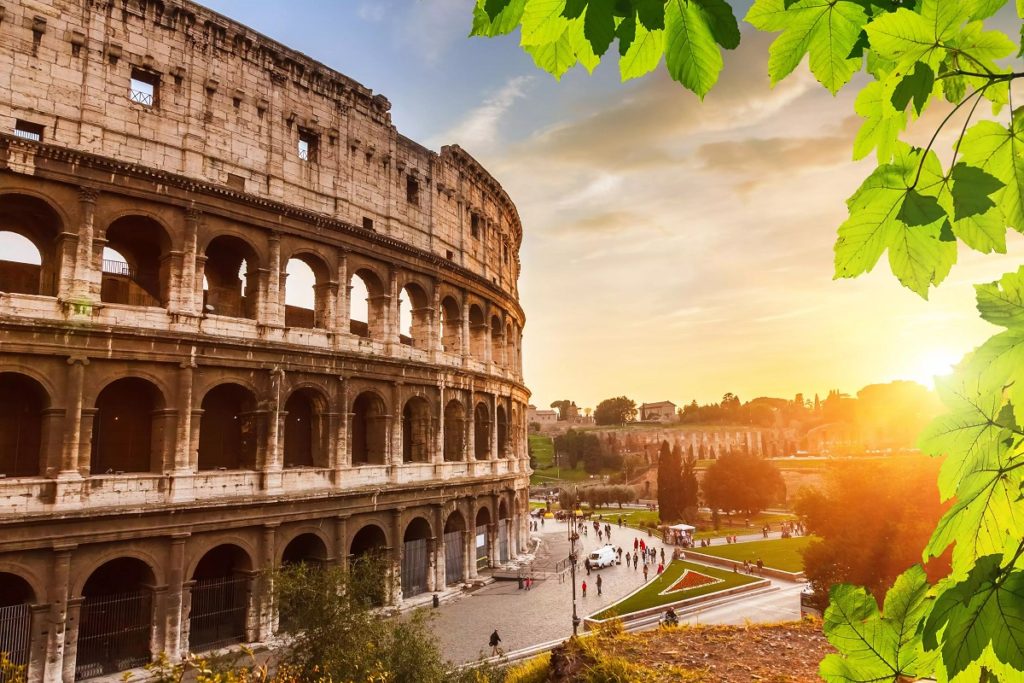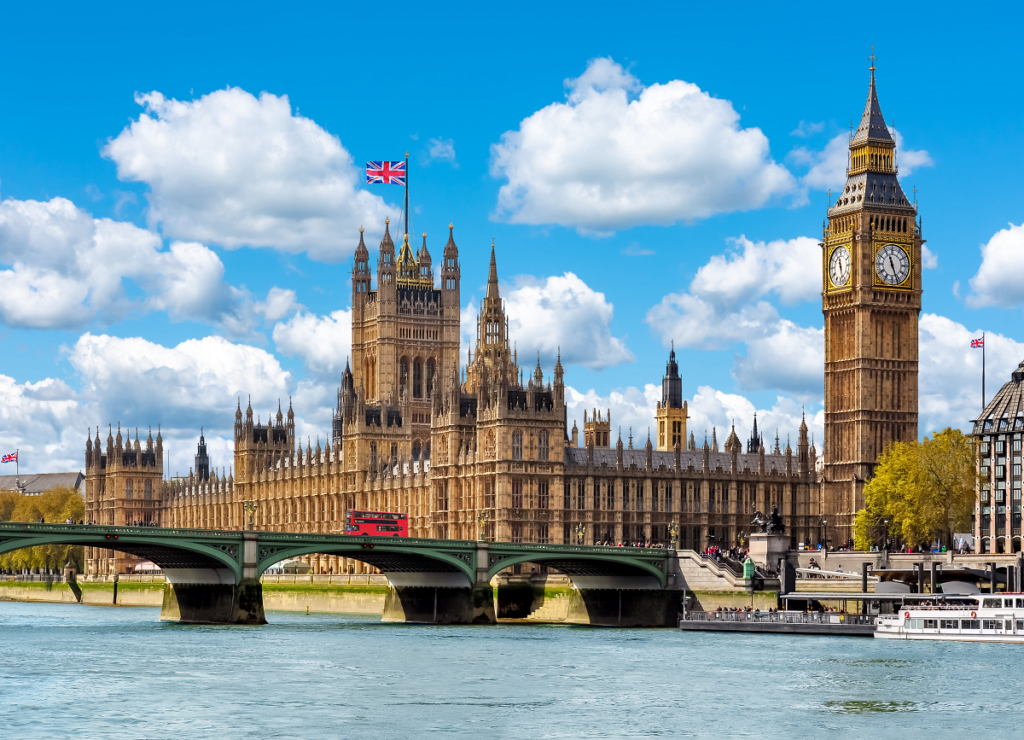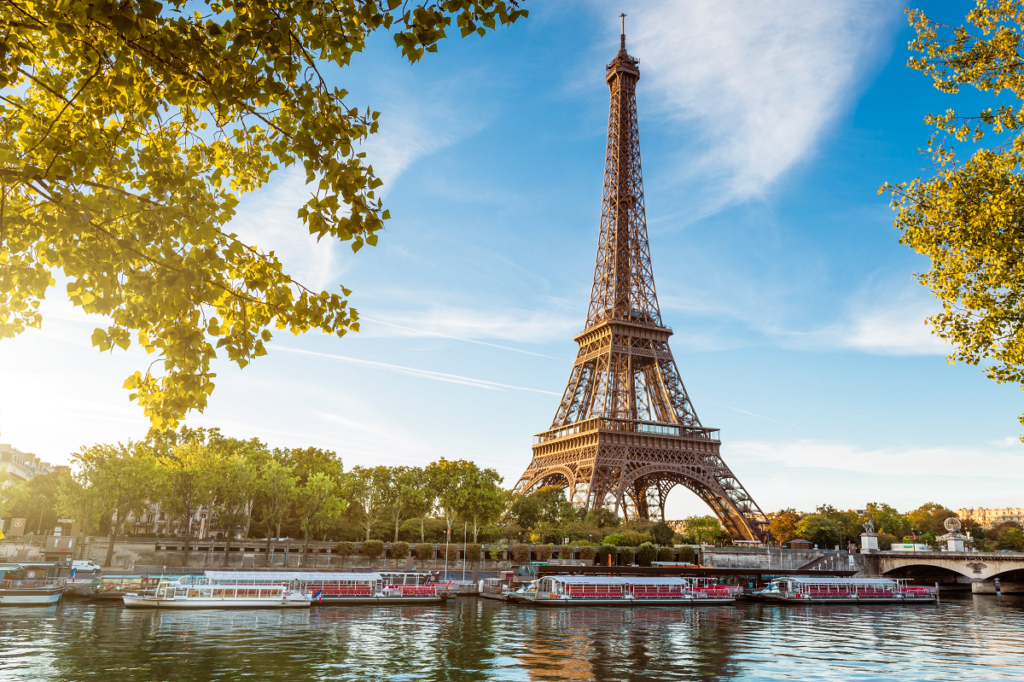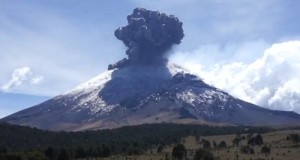
Mexico City, Mexico- Popocatepetl tells a náhuatl* legend about a brave warrior forced to go to war. Before he leaves on his mission, he secures permission to marry a beautiful princess named Iztaccihuatl (sleeping woman). After three long months without any messages about her love, the princess receives news that the warrior has died. Because of the sadness the princess cries constantly and finally dies of a broken heart.
There are actually several versions of the Popocatepetl e Iztaccihuatl legend.
In one of these is that the girl was a princess, what the most beautiful being be sacrificed to the gods for good harvests, but the warrior loved her and would not allow the sacrifice, so must flee to avoid with it, but they fled the guards discovered them and an arrow struck the princess.
His beloved picked her up and kept running, once away, safe, laid her on the field, vowing to take care of her forever, he would wait until she awakened from sleep, to continue living their love. But it has been so long that the fields and the snow would have covered.
After a short period of time the warrior returns home and discovers that Iztaccihuatl is no longer alive.
He carries her body up to the mountain where he buries her and falls onto his knees besides her while he screams so loudly that the entire valley of Mexico can hear him. The Gods feel compassionate and cover them with branches and snow and finally turn them into mountains, one with the silhouette of a woman and the other into a volcano that occasionally wakes up. The volcano is the reincarnated warrior from our story, named Popocatepetl.
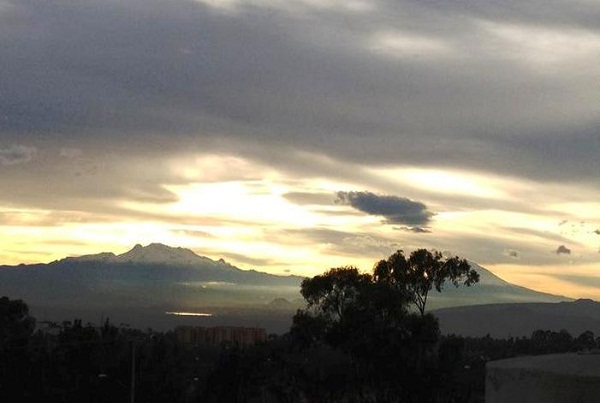
This Mexican volcano has been awake for some weeks now.
My name is Rosa Maria and I live in Mexico City not very far away from Popocatepetl. How is life for me and others living so close to the screaming warrior? I feel like running away every time Popocatepetl wakes up but most people stick to their daily routine; the volcano hasn’t had a major eruption or explosion for more than 1200 years so everybody is used to living with the sleeping Popocatelpetl and our Mexican, authorities order evacuations only in case of imminent danger. What’s really bizarre here, is that I can only see the volcano once in a while because of the pollution in the city. I know it exists and the evidence sits around me, as volcano ashes fall all over the place and on a clear day is quite a spectacle to see these two white, snowy figures through the urban building landscape.
*One of many languages from Mesoamerica culture, from Uto-Aztecan language family, most Nahuatl people live in Central Mexico.
Dice una leyenda Nahuatl que un valiente guerrero quería casarse con una hermosa princesa llamada Iztaccihuatl (la mujer durmiente), para tener el permiso del padre tuvo que ir a la Guerra.
La princesa Iztaccihuatl quedó en espera de su regreso y después de tres largos meses de no saber nada de su amado recibió la noticia de su muerte. La princesa lloró tanto que murió de amor. Después de poco tiempo el guerrero regresó a casa descubriendo el destino de su amada, la tomó en sus brazos y la cargó al monte para enterrarla. El guerrero permaneció de rodillas junto a su amada y sus gritos de dolor eran tan fuertes que se escuchaban por todo el valle de México. Los dioses sintieron compasión por ellos y los cubrieron de ramas y de nieve para finalmente convertirlos en montañas, una con la silueta de una mujer y el otro un volcán que de vez en cuando despierta; el nombre del guerrero es Popocatepetl.
Este volcán lleva varias semanas despierto. ¿Cómo es la vida de los mexicanos que escuchan el grito del guerrero? La mayoría continúa su vida diaria; la última gran explosión fue hace más de 1200 años, todos están acostumbrados a vivir junto al gran volcán y las autoridades evacuan únicamente en caso de peligro. Cada vez que el Popocatepetl presenta actividad me dan ganas de salir corriendo y me pregunto qué alcancé tendría una explosión fuerte. Curiosamente solo de vez en cuando se ven los volcanes, imagino será la contaminación, aunque el volcán te recuerda su presencia con las cenizas que esparce por todo la ciudad. En un día claro es todo un espectáculo ver estas dos figuras nevadas a través del paisaje citadino.
For the Silo, Rosa Maria Robinson Bours in Mexico City.
